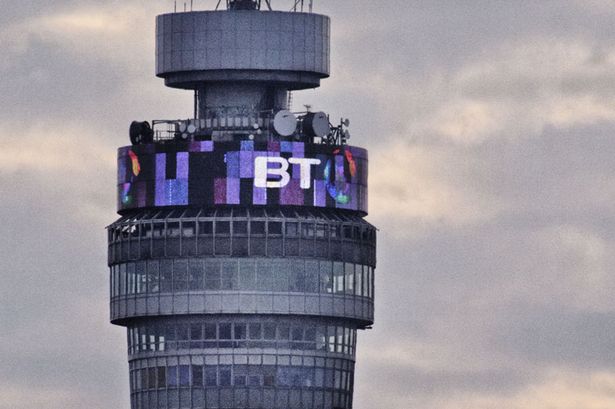BT Restructures After EE Acquisition As Fibre Broadband Base Reaches 3.7m

BT divides into six units serving consumer, business and wholesale markets as £12.5bn EE deal concludes
BT is reorganising six divisions following the £12.5 billion acquisition of EE and claims the new structure, along with a strong set of quarterly results, provides a “strong platform” to integrate the mobile operator into the new business.
Two divisions – BT Consumer and EE – will offer consumer, broadband, mobile and televisions services to consumers. The former will be overseen by John Petter and the latter by Marc Allera who replaces the outgoing EE CEO Olaf Swantee.
“We will operate a multi brand strategy with UK customers being able to choose a mix of BT, EE or Plusnet services, depending on which suit them best,” said BT CEO Gavin Patterson. “The acquisition enables us to offer great value bundles of services and customers are set to be the winners as we compete for their business.”
BT restructure
 The EE brand will be retained for the time being, but the operator’s business division will be assimilated into the new BT Business and Public Sector unit and its mobile virtual network operator (MVNO) operations will form part of BT Wholesale and Venture –led by EE’s chief sales and market officer for business at EE.
The EE brand will be retained for the time being, but the operator’s business division will be assimilated into the new BT Business and Public Sector unit and its mobile virtual network operator (MVNO) operations will form part of BT Wholesale and Venture –led by EE’s chief sales and market officer for business at EE.
BT Business and Public Sector, headed by Graham Sutherland, will focus on UK corporate and SMB accounts, while BT Global Services will focus on multinationals and financial institutions based in the UK and abroad as well as major private and public sector customers outside the UK. Current CEO Luis Alvarez will continue in his role.
Openreach will be unaffected by the restructure, according to BT, with Clive Selley joining as CEO from today.
All six divisions will be supported by BT Technology, Service and Operations (TSO), which is responsible for IT and research and development at the company. EE CTO Fotis Karonis will support new BT TSO CEO Howard Watson with the integration of EE’s mobile infrastructure.
Read More: The IT Challenge Of Launching BT Sport
Results
 Revenues rose by four percent to £4.6 billion for the three months leading up to December 31, boosted by a record 11 percent rise in consumer income and a record 494,000 additions to the Openreach fibre network – a 32 percent year on year increase
Revenues rose by four percent to £4.6 billion for the three months leading up to December 31, boosted by a record 11 percent rise in consumer income and a record 494,000 additions to the Openreach fibre network – a 32 percent year on year increase
There are now 5.5 million active fibre connections on the Openreach network – 22 percent of total homes passed. In total, there were 182,000 new copper and fibre connections to Openreach, contributing to a total subscriber base of 19.8 million.
BT Consumer added 130,000 entirely new broadband customers to copper and fibre packages and 250,000 to its fibre user base, bringing the total figure up to 3.7 million. BT says it added 71 percent of all new broadband subscriptions in the UK during the quarter. The company now has 300,000 BT Mobile customers and added 97,000 new TV subscribers during the period. Intriguingly, it also added 6,000 new lines – the first such increase in more than a decade.
“Fibre is underpinning the growth at Openreach with almost half a million premises taking up the service this quarter via dozens of service providers,” added Patterson. “The fibre market is highly competitive and growing all the time, which is great news for the UK economy. Our superfast fibre broadband network is available to well over 24m homes and businesses.
“We will help take fibre coverage to 95 percent of the country by the end of 2017, with plans to go even further. Our G.fast trials are progressing well. The UK is poised to take the important journey from superfast to ultrafast broadband and BT is well placed to lead the charge.”
However BT will eagerly await the findings of Ofcom’s once-in-a-decade review of the UK communications market, which could recommend a formal separation of Openreach. The company maintains the current structure is working, but rivals say it stifles investment and hands BT an unfair advantage.
Are you up to speed on 4G? Try our quiz!